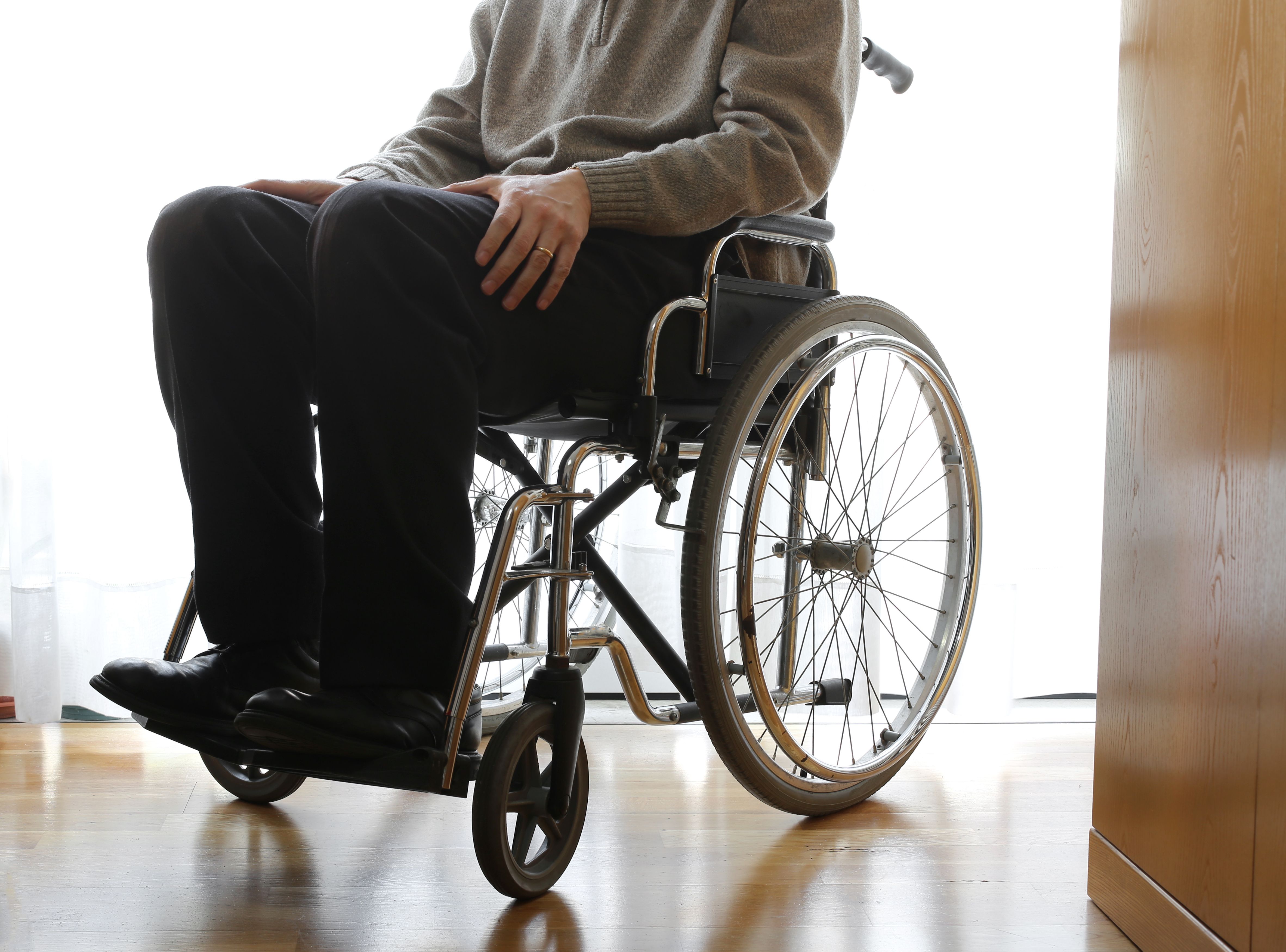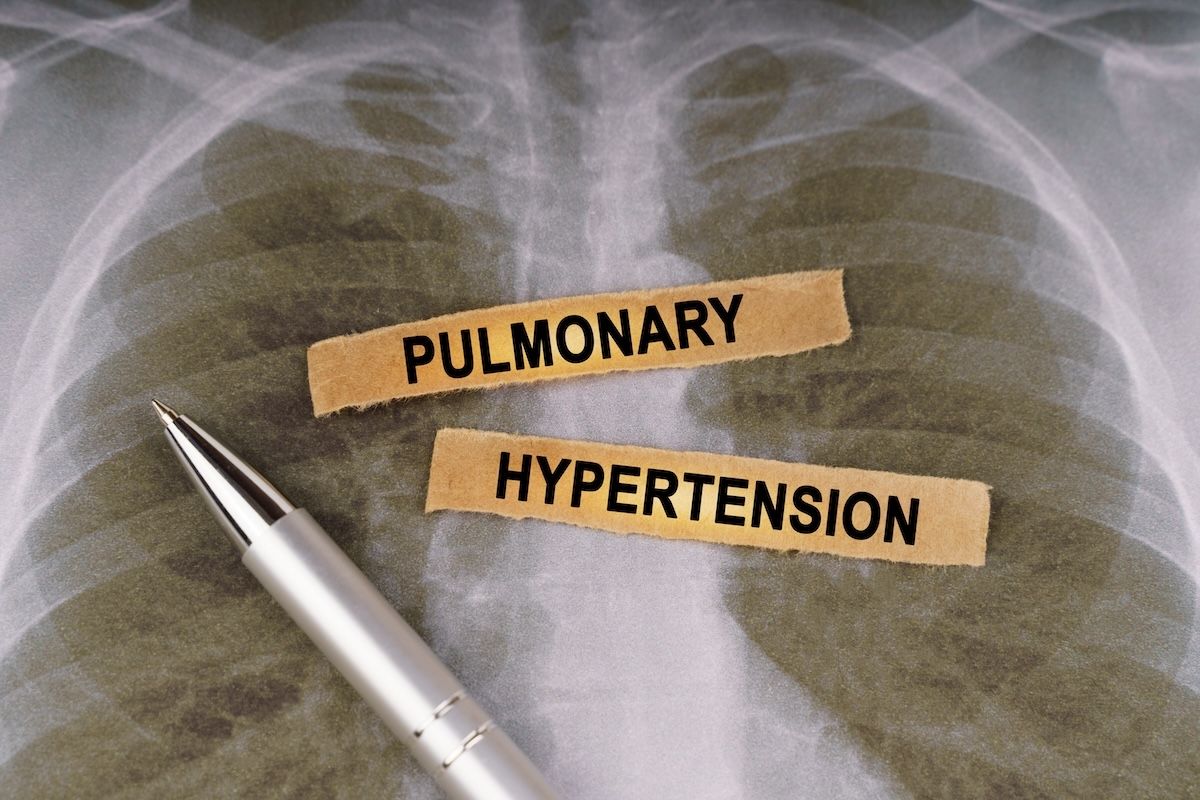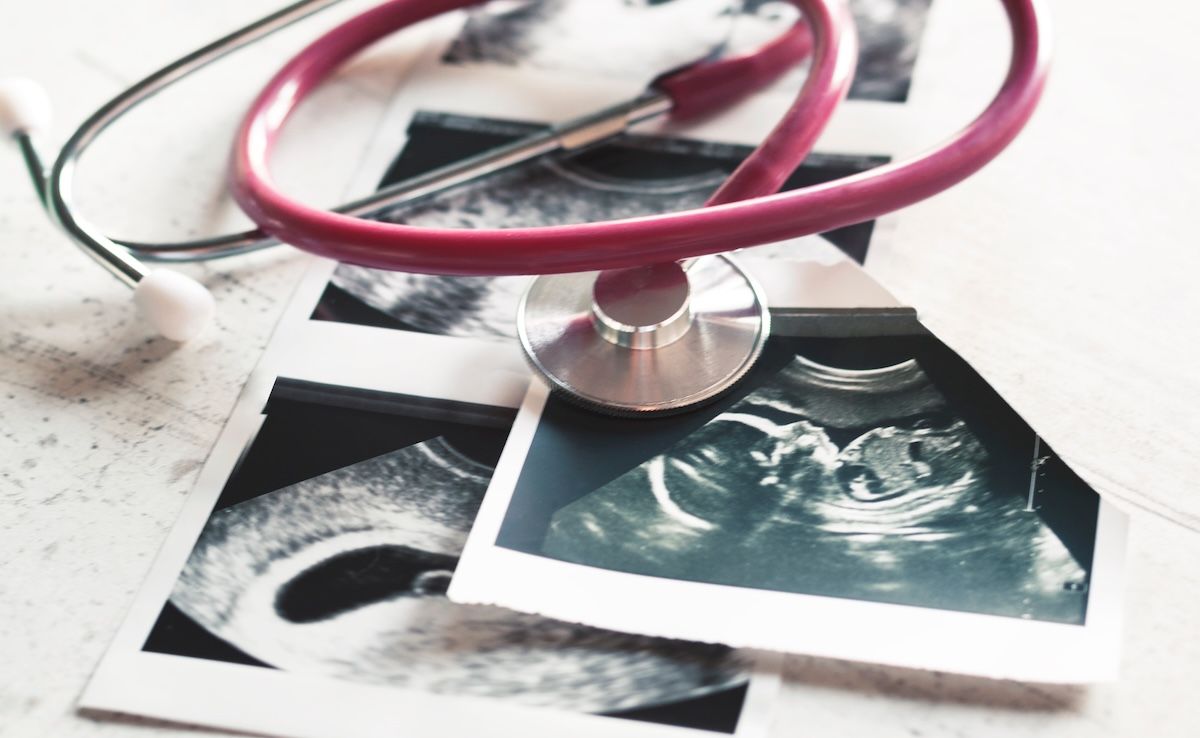Article
CML Updates: Defining MMR and Results of the DASISION Trial
On the second day of the 56th Annual Meeting of the American Society of Hematology, held December 6-9 in San Francisco, a session on tyrosine kinase inhibitors in treating chronic myelogenous leukemia included 5-year follow-up results from the DASISION trial and recognizing failure for major molecular response to guide treatment modification.
On the second day of the 56th Annual Meeting of the American Society of Hematology, held December 6-9 in San Francisco, several European research groups discussed findings from trials conducted in patients suffering from chronic myelogenous leukemia (CML) to prevent disease progression to advanced stages. The session was called “Chronic myeloid leukemia: outcomes with TKI therapy.”
Jorge E. Cortes, MD, deputy department chair, Department of Leukemia, Division of Cancer Medicine, The University of Texas MD Anderson Cancer Center, Houston, presented results from the DASISION trial. In his talk, “Final study results of the phase 3 dasatinib versus imatinib in newly diagnosed chronic myeloid leukemia in chronic phase (CML-CP) trial (DASISION, CA180-056),” he reported the results of the final, 5-year analysis of DASISION. As has been published earlier, patients with newly diagnosed CML-CP were randomized to receive dasatinib 100 mg once daily (n = 259) or imatinib 400 mg once daily (n = 260). The primary endpoint was confirmed complete cytogenetic response (cCCyR) by 12 months. Long-term efficacy and safety data from patients with the predefined minimum 5 years of study treatment were presented.
Dr Cortes reported that 61% of dasatinib-treated patients and 63% of imatinib-treated patients were still on their initial study therapy at the end of the study. Cytogenetic and molecular response rates continued to be higher for dasatinib compared with imatinib (intent-to-treat population). The rate of cCCyR by 5 years was particularly higher with dasatinib when compared with imatinib (83% vs 78%, P = .187), as were the rates of major molecular response (MMR; BCR-ABL ≤0.1%; 76% vs 64%, P = .002) and MR4.5 (BCR-ABL ≤0.0032% IS; 42% vs 33%, P = .025) by 5 years. Further, he showed data that confirmed the time to cCCyR (95% CI, HR = 1.46, P = .0001) and MMR (95% CI, HR = 1.54, P < .0001) in all randomized patients were faster with the dasatinib arm. Fewer CML-CP patients in the dasatinib cohort (4.6%) progressed to the accelerated (AP) and blast phase (BP) compared with imatinib (7.3%). However, 5-year progression-free survival (PFS) and overall survival (OS) rates were similar across treatment arms. Significantly greater number of patients on dasatinib achieved BCR-ABL ≤10% at 3 months (84%) compared with those on imatinib (64%). Among the patients who achieved BCR‑ABL ≤10% versus >10% at 3 months, improved PFS, OS, and lower rates of transformation to AP/BP were maintained at 5 years for both drugs.
According to Dr Cortes, although the number of mutations following 4 to 5 years of treatment increased slightly in dasatinib-treated patients, the spectrum of mutations remained the same. “While adverse events for both arms were as we expected, the total incidence of pleural effusion continued to increase each year in dasatinib-treated patients,” he said. Discontinuation of dasatinib due to pleural effusion occurred in only 15 patients. Arterial ischemic events were uncommon; cardiovascular (CV) ischemic events and transient ischemic attack were reported in 10 and 2 dasatinib-treated patients, respectively, while CV ischemic and peripheral arterial occlusive events were reported in 4 and 2 imatinib-treated patients, respectively.
Dr Cortes concluded that at the end of the 5 years study, 100 mg once daily dasatinib presented superior outcomes compared to 400 mg once daily imatinib as initial therapy for CML. He based his conclusion on the faster time to cCCyR and MMR, with more patients achieving BCR-ABL ≤10% at 3 months; sustained higher cumulative rates of response; and a lower rate of disease progression. According to Dr Cortes, “Dasatinib offers meaningful advantages for patients with newly diagnosed CML-CP and remains a standard of care in this setting.”
Susanne Saussele, MD, University of Heidelberg, Mannheim, Germany, was also a participant in this session, and she discussed therapy goals for MMR in CML, based on the CML-study IV. “We sought to evaluate a failure time point for MMR using data of the CML-Study IV, a randomized 5-arm trial designed to optimize imatinib therapy, alone or in combination. We also evaluated the optimal time-point to achieve an MMR,” said Dr Saussele.
In the current European LeukemiaNet (ELN) recommendations, the optimal time point to achieve MMR is defined at 12 months after diagnosis of CML.1 “Not achieving MMR is not recommended as failure by ELN,” said Dr Saussele. “So there are uncertainties about when CML therapy can be altered in patients not reaching MMR after 12 months.”
In the study, patients with valid molecular analysis on MR4 level were randomly divided into a learning (LS) and a validation sample (VS). For the LS, MR2, MMR, and deep molecular remission levels (MR4 or deeper), monthly landmarks were defined between 1 and 5 years after diagnosis. A patient was considered to be in MR2, MMR, or MR4 from the first diagnosis of the corresponding remission level and could only change to a higher level of response. Patients were censored after a stem cell transplant. For the failure time point analysis, for each of the resulting 48 landmarks, a Cox model was used to define the time to progression with age and EUTOS score as additional prognostic factors.
Between 2002 and 2012, 1551 patients were randomized to LS or VS, and 1358 had a valid molecular analysis on the MR4 level. Of the 1228 evaluable patients, two thirds were randomly allocated to the LS (n=818) and one third to the VS (n = 410). Percentage of patients in the LS with MR2, MMR, and MR4 or deeper at 1 year were 28%, 29%, and 14%, respectively, and at 5 years were 5%, 21%, and 71%, respectively. Forty-four patients of the LS reached MMR on second generation tyrosine kinase inhibitors. Dr Saussele identified a significant PFS advantage for patients in MMR (P = .018). At 8 years following treatment, the probability of PFS for patients in MMR was 90.8%, while for patients not in MMR it was 80.5%.
Dr Saussele said that the results of their model show that an optimal time point to predict PFS in patients with MMR was defined at 2.25 years after diagnosis, which could be validated as being significant. Further, patients in MMR had a lower risk of progression than patients not in MMR at any time point. “This model can help determine when MMR is a failure and when a change in therapy should be considered. However, we should be aware that the earlier MMR is achieved, the higher is the chance to achieve deep molecular response later during therapy,” concluded Dr Saussele.
Watch Dr Saussele speak with AJMCtv.
References
- Baccarani M, Deininger MW, Rosti G, et al. European LeukemiaNet recommendations for the management of chronic myeloid leukemia: 2013. Blood. 2013;122(6):872-884.





